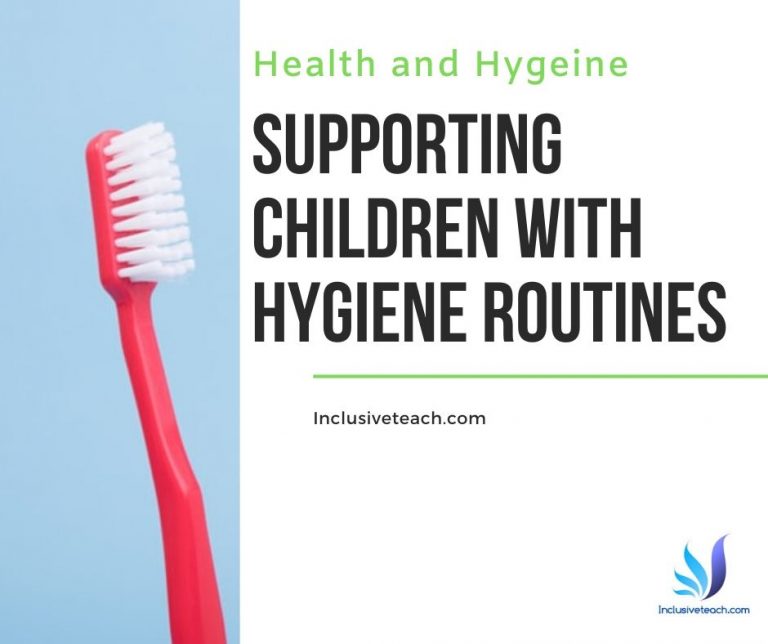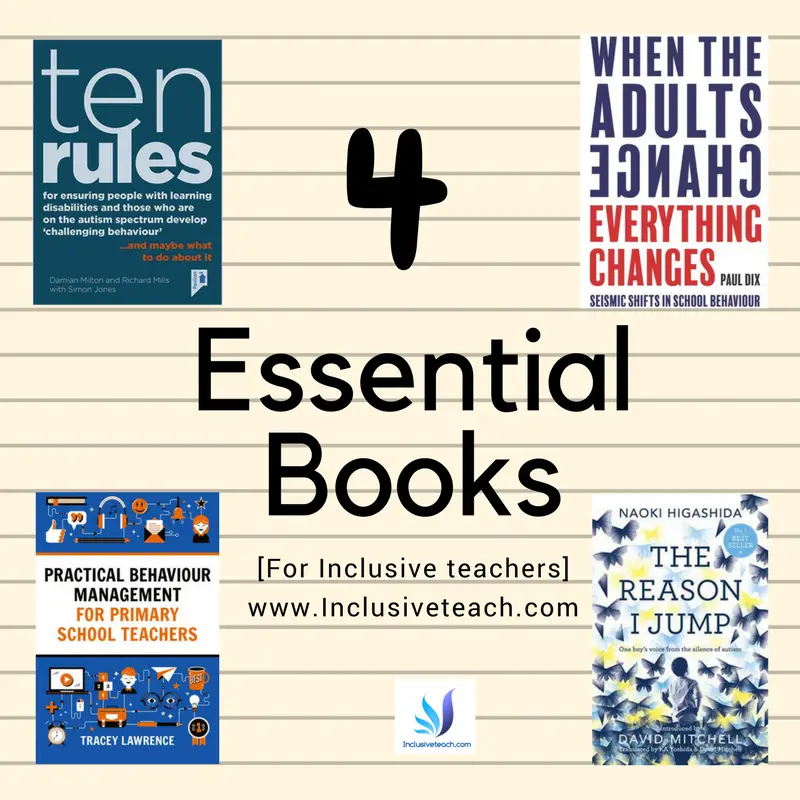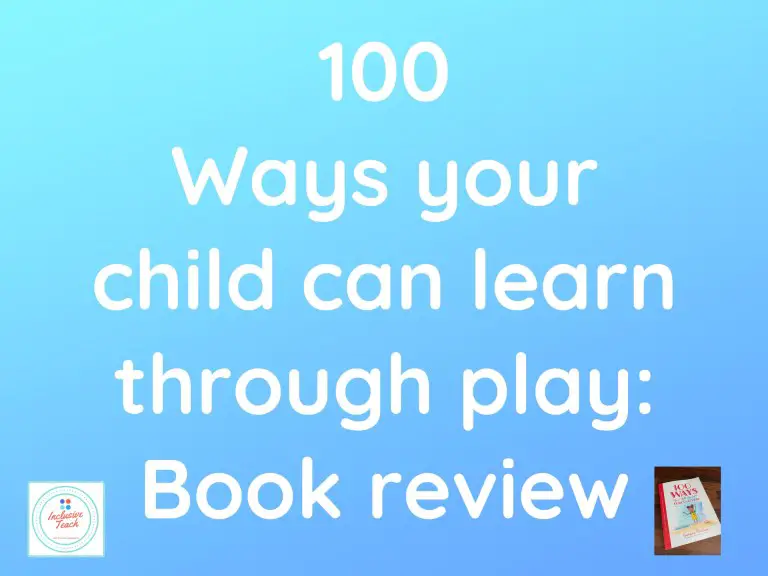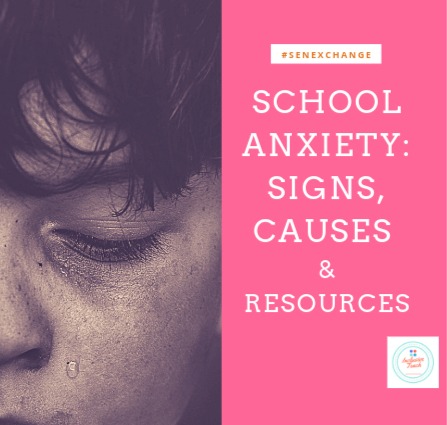Helping Your Autistic Child with Nail Cutting
Helping Your Autistic Child with Nail Cutting: Strategies and Tips
Why Nail Cutting Can Be Difficult
Nail cutting can be a challenging experience for many children, especially autistic (ASD) children and those with sensory processing disorders (SPD). Sensory sensitivities, fear of clippers, and discomfort can make this seemingly simple task overwhelming. This is especially true if they have had a bad experience of nails being cut too short or nicks etc. With patience and understanding, you can help your child gradually become more comfortable with nail trimming. In this article, we’ll explore effective strategies to desensitise your child and make nail cutting smoother and less distressing.
1. Nail File Instead of Clippers
- Recommendation: Consider using a nail file instead of traditional nail clippers. The gradual filing process is often less intimidating for children.
- Why It Works: Filing allows you to control the pressure and avoid sudden movements that might startle your child.
2. Sensory Brushing
- Recommendation: Use a medium-textured brush (similar to a toothbrush) to gently brush your child’s toes or fingers before nail cutting.
- Why It Works: Sensory brushing helps prepare the sensory system for the pressure of nail trimming.
3. Vibrating Toy Distraction
- Recommendation: Prior to or during nail clipping, give your child a vibrating toy to hold in their hands.
- Why It Works: The vibration can distract from the nail-cutting process and desensitize the area.
4. Deep Pressure Activities
- Recommendation: Engage in deep-pressure activities with your child. Squeeze putty, play-dough, or a stress ball together.
- Why It Works: These activities reduce tactile sensitivity and make nail cutting less distressing.
5. Gradual Approach
- Recommendation: Gradually introduce the concept of nail cutting. Start by massaging your child’s arms and legs, then move to their hands and feet.
- Why It Works: Familiarity and understanding help reduce anxiety. Use a mirror in the bathroom so your child can watch the process.
6. Child Friendly Nail Clippers
- Recommendation: Adult nail clippers are not designed for children, you can increase the interest level by finding some child-friendly clippers. Some smaller clippers also have a bigger area for your hand so less likely to slip if you need to clip quickly.
- Why It Works: Familiarity and a more play-based approach help reduce anxiety.
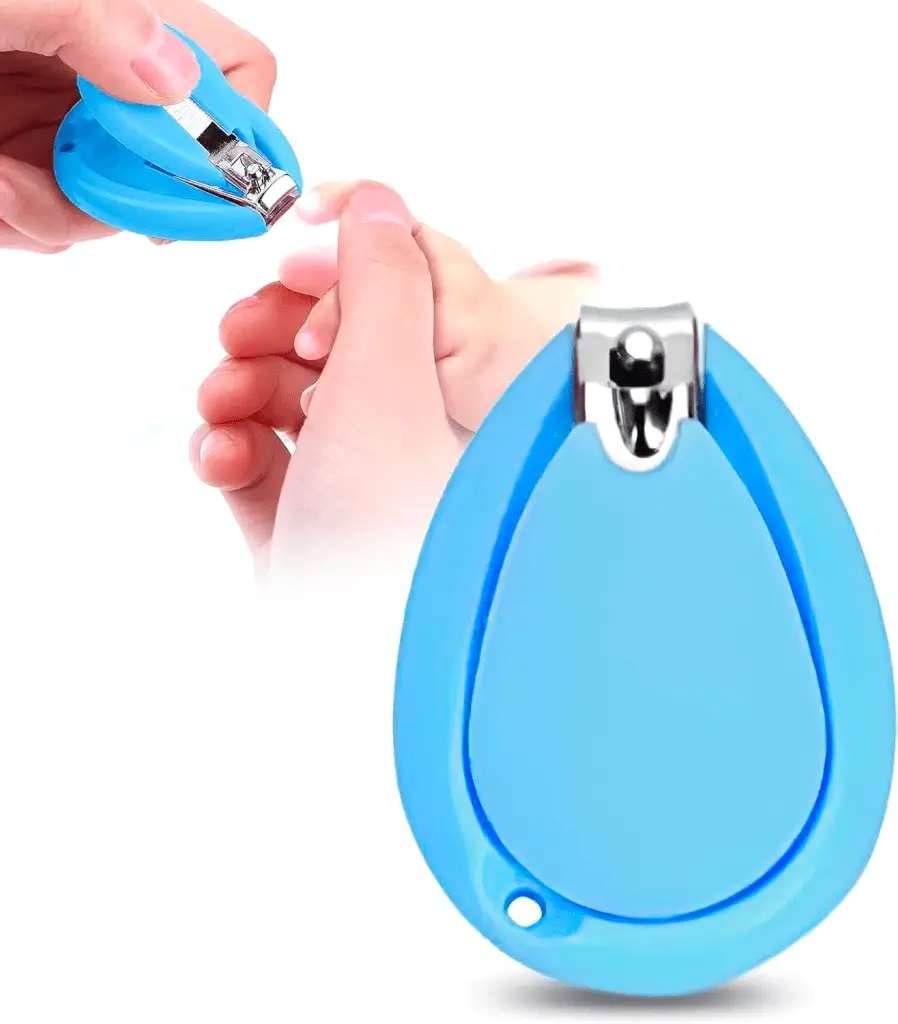
Conclusion
Remember that every child is unique, and what works for one may not work for another. Be patient, celebrate small victories, and maintain a positive attitude. Consistency is key, so incorporate these strategies into your child’s routine. With time and persistence, nail cutting can become a manageable task for you and your child.
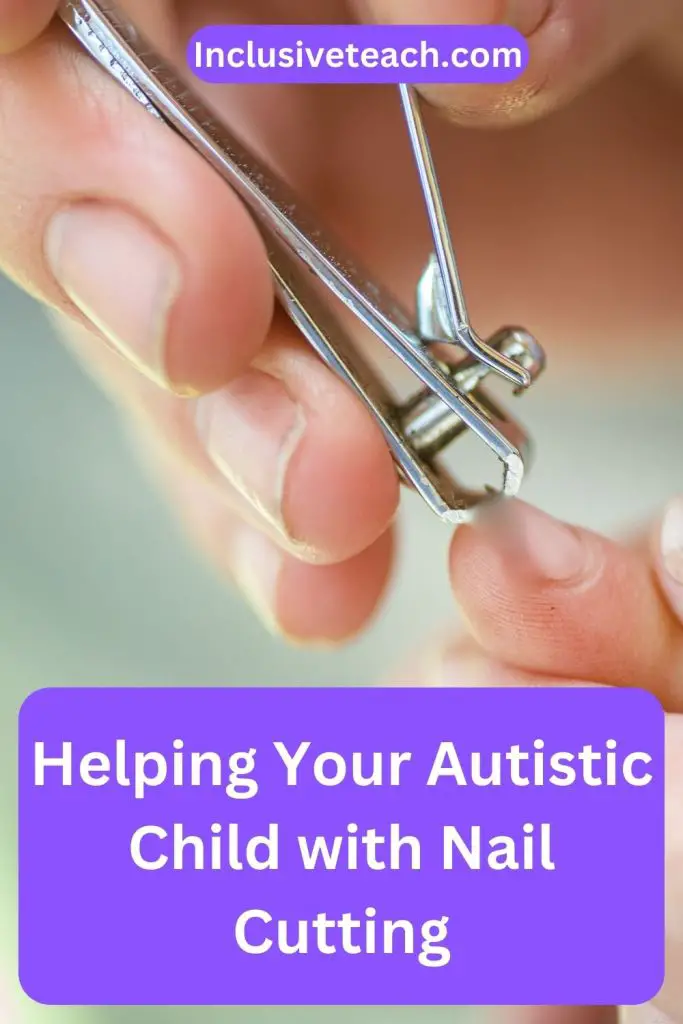
Disclaimer: This article provides general advice. Always consult with a healthcare professional or occupational therapist for personalised guidance tailored to your child’s specific needs. This page contains affiliate links.


